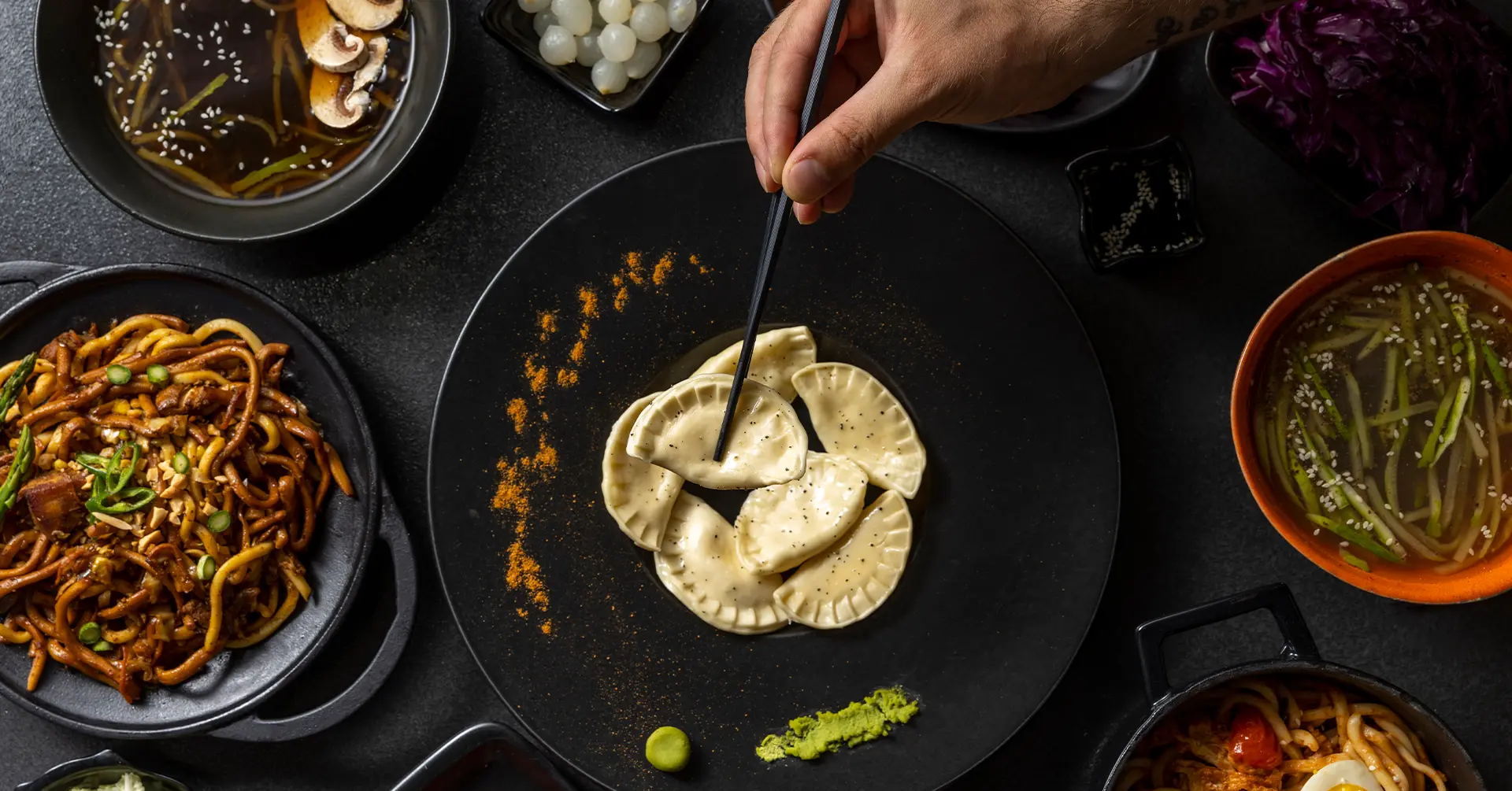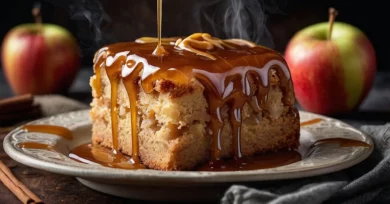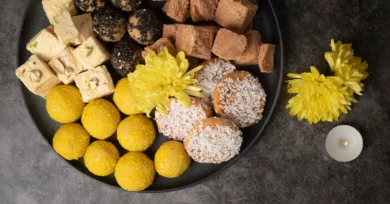Food Culture in Bhutan is a fascinating exploration of the culinary traditions that thrive in the heart of the Himalayas. Bhutan’s unique food culture is a testament to its rich heritage, deeply rooted in its landscape and the influences of its neighboring countries, notably China and India. Here, “Food Culture in Bhutan” is not merely sustenance but an art form in its own right, with a distinct appreciation for the interplay of flavors, the love of spice, and a reverence for cherished dishes such as Ema Datshi. Join us on this gastronomic journey as we delve into the intricacies of Bhutanese cuisine, where cheese and chili reign supreme and every meal is an invitation to savor the essence of Bhutan’s food culture.
Food Culture in Bhutan: Cuisines of Bhutan
Bhutanese cuisine is a delightful fusion of flavors influenced by its unique geography and cultural heritage. In this section, we explore some of the most iconic dishes that make up the rich tapestry of Bhutanese food culture.
Ema Datshi: A Must-Try National Dish
Ema Datshi stands as the undisputed national dish of Bhutan, representing the heart and soul of Bhutanese cuisine. This dish encapsulates the Bhutanese love affair with chilies and cheese. Fresh red or green peppers are stewed with the local cheese known as Datshi. Depending on the region, additional ingredients such as ferns, mushrooms, potatoes, and green beans are incorporated, creating a spicy and savory masterpiece. For anyone visiting Bhutan, trying Ema Datshi is an absolute must to truly appreciate the essence of Bhutanese food culture.
Jasha Maru: Popular Chicken Delicacy
Jasha Maru is a beloved chicken delicacy in Bhutan. Minced chicken is stewed with a tantalizing blend of tomatoes, red chilies, and various spices. While it may not be as fiery as Ema Datshi, it boasts a strong ginger flavor that adds a delightful depth to this dish. It’s a popular choice among locals and visitors alike, offering a slightly milder but equally flavorful option.
Momos: Dumplings with Meat and Cheese
Momos are a staple in Bhutanese cuisine and are akin to dumplings. They come in various forms, often stuffed with meat, cheese, and sometimes mixed with vegetables like cabbage. The filling is generously seasoned with spices such as ginger, garlic, and coriander, making each bite burst with flavor. Momos are not only a regular part of Bhutanese dining but also a must-have on special occasions, where they grace the tables of celebrations and gatherings.
Phaksha Paa: Classic Pork and Chili Stew
Phaksha Paa is a classic Bhutanese dish that showcases the country’s affinity for bold and spicy flavors. This hearty stew features succulent pieces of pork simmered with fiery red chilies. Depending on regional preferences, additional vegetables such as spinach, bok choy, or radish may be added, creating a mouthwatering blend of textures and tastes. Phaksha Paa is a dish that exemplifies the Bhutanese love for spice and heat.
Influence of Tibetan-style Food Culture
The culinary landscape of Bhutan is heavily influenced by its geographical proximity to the Tibetan Autonomous Region of China. This influence is reflected in the preparation and consumption of food in Bhutan. Tibetan-style food culture has left a lasting mark on Bhutanese cuisine, shaping the flavors and ingredients cherished by the locals.
Staple Foods: Red Rice, Buckwheat, Highland Barley
The staple foods in Bhutan are a testament to its unique mountainous terrain. Red rice, buckwheat, and highland barley are the dietary cornerstones of Bhutanese cuisine. These grains thrive in the high-altitude regions, where the climate is conducive to their growth. Red rice, in particular, is prized for its nutritional value and delightful pale pink appearance when cooked, similar to brown rice. These grains form the basis of many Bhutanese dishes, contributing to the distinct flavors and textures of the cuisine.
Meat Choices and Local Beverages
In Bhutan, meat plays a significant role in the diet of the people. The locals commonly consume meats such as pork, beef, chicken, and even yak meat. These meats are often prepared in combination with a variety of vegetables, including onions, spinach, tomatoes, potatoes, radishes, and pumpkins. The blending of meat and vegetables not only enhances the nutritional value of the meals but also adds complexity to the flavors.
When it comes to beverages, Bhutanese people have their own preferences. Butter tea, a traditional Himalayan drink made by churning tea with butter and salt, is a favorite among the Bhutanese. Highland barley wine is another popular beverage choice, offering a unique and culturally significant drinking experience. In some regions, locals craft their own rice wine and fruit wine using grains and fruits, adding diversity to the Bhutanese drinking culture.
Balanced Portion of Vegetables and Meat
Influence of Vajrayana Buddhism
Bhutan’s food culture is heavily influenced by its predominant religion, Vajrayana Buddhism. This spiritual belief system not only shapes the way people live but also what they eat. The teachings of Buddhism emphasize compassion for all living beings, and this reflects in Bhutanese eating habits.
Vegetarian Diet and Meat Consumption
Many Bhutanese people adhere to a predominantly vegetarian diet, a practice rooted in their Buddhist beliefs. Vegetarianism is seen as a way to avoid harming animals and promote a peaceful existence. However, it’s essential to note that while vegetarianism is prevalent, meat consumption is still common, especially in some regions. Bhutanese cuisine strikes a balance between the consumption of vegetables and meat, reflecting the coexistence of these dietary preferences.
Commonly Paired Ingredients
Bhutanese cuisine is known for its skillful combination of vegetables and meat, creating flavorful and well-balanced dishes. Commonly paired ingredients include onions, spinach, tomatoes, potatoes, radishes, and pumpkins, which are often cooked alongside pork, beef, or chicken. This harmonious blend of vegetables and meat in Bhutanese cooking demonstrates how the culinary traditions of the country adapt to the beliefs and values of its people, resulting in a unique and culturally rich food culture.
Dishes in Bhutan
Bhutanese cuisine is marked by a distinct emphasis on dairy products, owing to the local landscape and the need for heat and moisture in this mountainous region.
Emphasis on Dairy Products
Bhutan’s mountainous terrain has made dairy products a staple in the Bhutanese diet. The Bhutanese have a deep appreciation for cheese and butter, which play a significant role in their culinary traditions. These dairy items are often used to enhance the flavor and texture of various dishes.
Ema Datshi: The National Dish
One cannot delve into Bhutanese cuisine without encountering Ema Datshi, the national dish of Bhutan. Ema Datshi exemplifies the Bhutanese love for both chili and cheese. It consists of chili peppers stewed with a local cheese known as Datshi. In some regions, additional ingredients like ferns, mushrooms, potatoes, and green beans are incorporated into this beloved dish. The vibrant flavors of Ema Datshi are a testament to the unique culinary identity of Bhutan.
Other Cheese-Based Dishes
For those seeking alternatives to the fiery spiciness of Ema Datshi, Bhutan offers other cheese-based dishes that provide a milder yet equally satisfying experience. Kewa Datshi features potatoes cooked with cheese, while Shamu Datshi combines mushrooms and cheese to create a delightful fusion of flavors. While the Bhutanese cuisine is known for its spiciness, these cheese-infused dishes provide a delicious contrast for those with milder palates.
Cheese and Chili: The Spicy Staples
Bhutanese cuisine is renowned for its fiery and bold flavors, and at the heart of this culinary adventure lies an unwavering love for spicy food. The Bhutanese people have an extraordinary affinity for chilies, which are not merely considered a seasoning but a fundamental vegetable in their daily meals.
Bhutanese Love for Spicy Food
In Bhutan, the consumption of spicy food is more than just a preference; it’s a way of life. Chilies are incorporated into almost every dish, demonstrating the Bhutanese people’s unapologetic passion for heat. Whether dried or fresh, chilies are liberally added to various culinary creations, creating a palate-tingling experience that is both exhilarating and addictive. It’s no exaggeration to say that Bhutanese cuisine sets taste buds ablaze with every bite.
Chilies as a Staple Vegetable
Remarkably, chilies in Bhutan are not relegated to being a mere ingredient; they are elevated to the status of a staple vegetable. It is not uncommon for locals to craft zesty salads from raw chilies, celebrating their fiery essence. Bhutanese households across the country embrace the chili as an integral part of their daily cooking, ensuring that no meal lacks the characteristic kick of spice that defines their food culture.
Popsicles with Chilies
The Bhutanese love for chilies extends even to the realm of frozen treats. A surprising and delightful facet of Bhutanese cuisine is the presence of popsicles infused with chilies. These spicy frozen delights offer a unique and refreshing way to savor the fiery flavors, providing both locals and adventurous travelers with a cool respite from the mountainous heat while still indulging in their beloved chilies.
Conclusion
In conclusion, Bhutan’s food culture is a captivating tapestry of bold flavors and unique culinary traditions. With an unwavering love for spicy food, creative use of chilies as a staple vegetable, and even the unexpected addition of chili-infused popsicles, Bhutanese cuisine offers a sensory adventure that reflects the country’s rich heritage and geographical influences. It is an integral part of the Bhutanese way of life, inviting travelers to not only savor their distinctive dishes but also gain a deeper understanding of the nation’s culture and traditions through the art of food.
Also Read:
Wi-Fi-Free Vacation Spots to Discover Zen: 10 Serene Destinations
Chinese foods history – A detailed understanding!
Food in USA: Exploring the Rich Tapestry of American Cuisine






